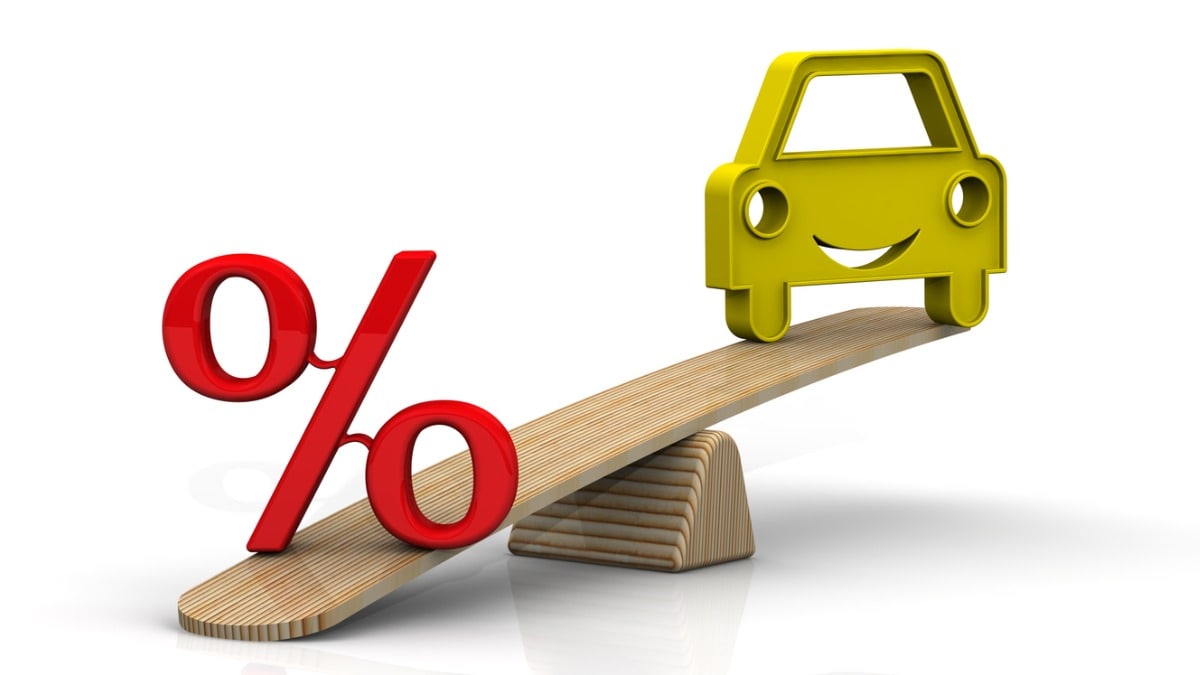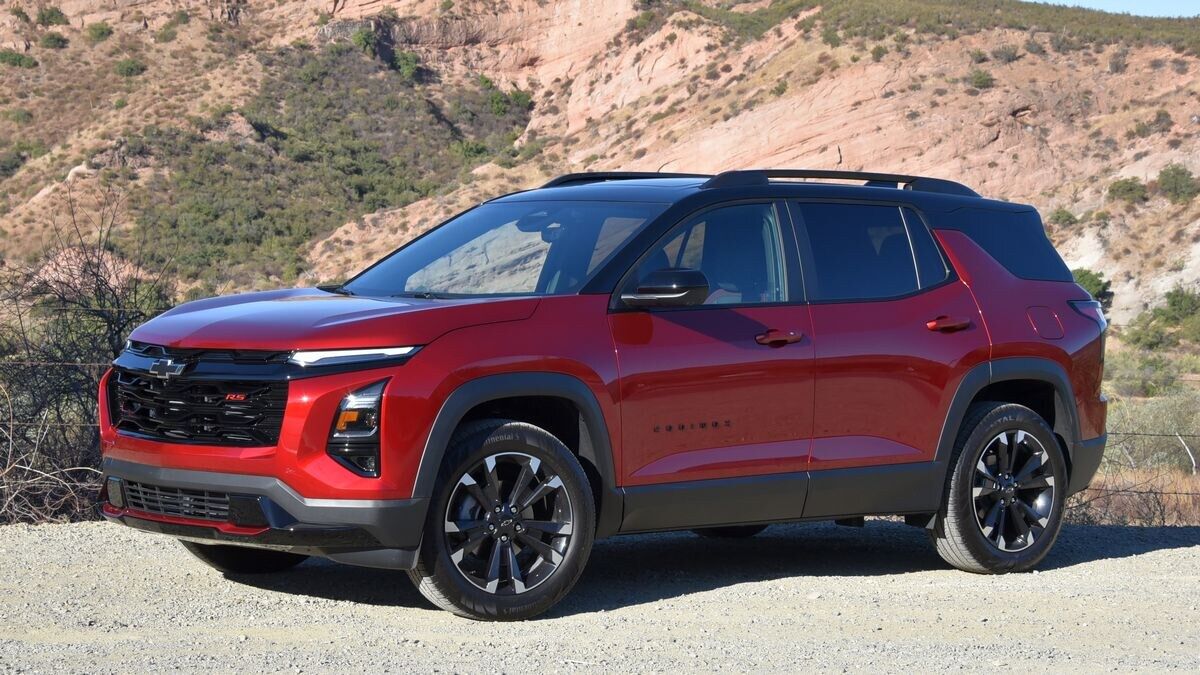The Federal Reserve left rates unchanged at its March meeting yesterday. That means interest rates on car loans will likely remain unchanged until next month’s Fed meeting.
The Federal Open Market Committee of the United States Federal Reserve, commonly called “the Fed,” controls the interest rate for overnight loans between banks. A Fed rate change moves downstream through the economy as banks use that rate to calculate the interest they charge on every other loan, including car loans.
Related: New Car Prices Falling Slowly, Steadily
The Fed raised rates many times last year attempting to control inflation but has long signaled that it hopes to make cuts this year. Cox Automotive Chief Economist Jonathan Smoke says it’s running out of time.
Related: Average Used Car Price Falling Slowly
He says a cut is likely at the next meeting on June 12. “The next possible exit ramp is July 31, and that’s probably too long to wait.”
Cox Automotive is the parent company of Kelley Blue Book.
The average new auto loan interest rate has increased more than 50 basis points this year, bringing the rate to 9.7% so far in March. The average new rate peaked just below 10% in mid-October 2023. Used auto loan rates have declined a quarter of a point so far in March to 14.3% from a 24-year peak of 14.6% in February.
Yesterday, projections suggested three cuts of a quarter-point each by year’s end. Smoke says, “That’s the destination the Fed has provided, but the journey to get there is less clear.”
Still, many car dealers are overstocked and need to offer discounts to move cars off of lots.
Related: Find out how much car you can afford
With so much pressure on credit, they’ll struggle to do that with attractive loan terms. So, Smoke says, car shoppers can expect sticker prices to continue their slow declines.
The price cuts are making new cars more affordable. Affordability hit a 31-month high recently. However, lower prices only help so much if lower-income shoppers and those with troubled credit still struggle to qualify for a loan.
“I expect supply to continue to exceed demand, delivering lower new and used vehicle prices,” he says. But “high rates clearly limit who can buy expensive goods like vehicles that require financing.”








